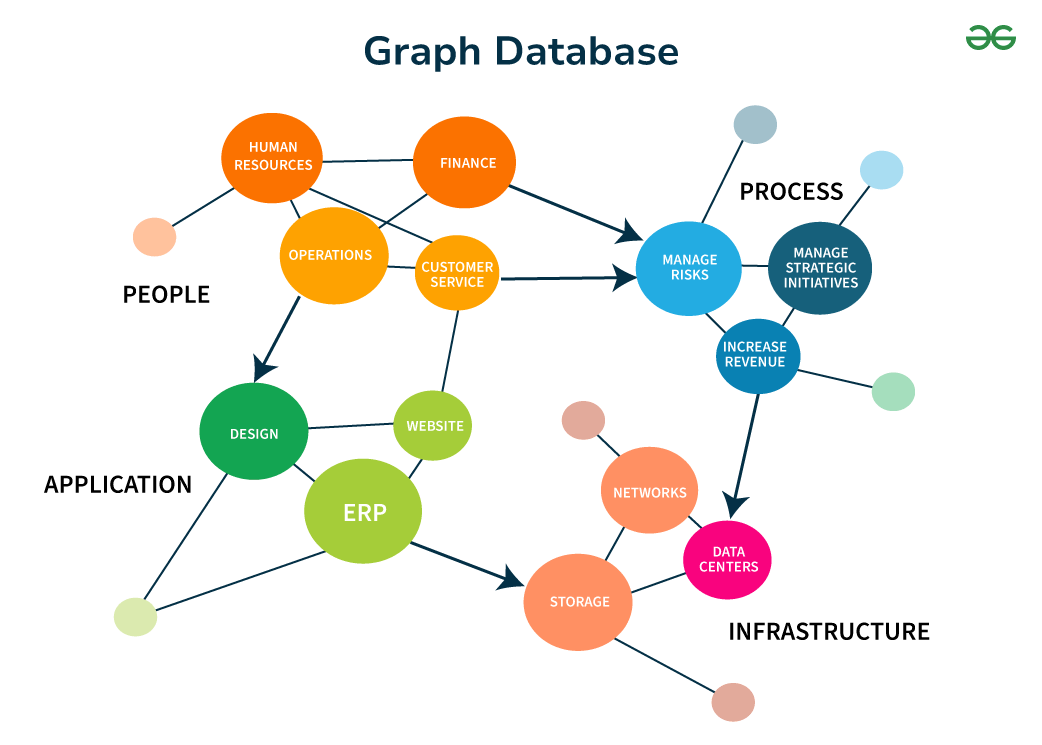Understanding Neo4j: The Graph Database
When it comes to databases, there are various types that serve different purposes. One particular type that has gained popularity in recent years is Neo4j – the graph database. But what exactly is a graph database, and what sets Neo4j apart from other types of databases like relational or NoSQL?
Neo4j is a graph database management system (DBMS) that uses graph structures to store and manage data. In a graph database, data is represented as nodes, edges, and properties. Nodes can represent entities like people, places, or things, while edges define the relationships between nodes. Properties, on the other hand, are key-value pairs that provide additional information about nodes and relationships.
One of the key advantages of Neo4j is its ability to efficiently handle complex relationships between data points. Unlike traditional relational databases that use tables, Neo4j’s graph model allows for fast traversal of relationships and querying of connected data. This makes it ideal for applications that require real-time recommendations, social network analysis, fraud detection, and more.
Key Features of Neo4j
- Native Graph Storage: Neo4j is designed from the ground up as a native graph database, meaning that it is optimized to store and query graph data efficiently.
- Cypher Query Language: Neo4j uses Cypher, a powerful graph query language that allows for expressive and efficient querying of graph data.
- Scalability: Neo4j can scale horizontally and vertically to handle growing amounts of data and users.
- ACID Compliance: Neo4j ensures data integrity by adhering to ACID (Atomicity, Consistency, Isolation, Durability) properties.
Neo4j’s flexibility and performance make it a popular choice for a wide range of use cases, including recommendation engines, fraud detection, network and IT operations, and more. Its graph-based approach allows for easy modeling and querying of highly interconnected data, offering developers and data scientists a powerful tool for gaining insights from complex relationships.
In conclusion, Neo4j is a versatile graph database that offers speed, scalability, and flexibility for handling complex relationships in data. Whether you’re building a social network, analyzing financial transactions, or creating personalized recommendations, Neo4j provides the tools and capabilities to unlock the potential of connected data.
